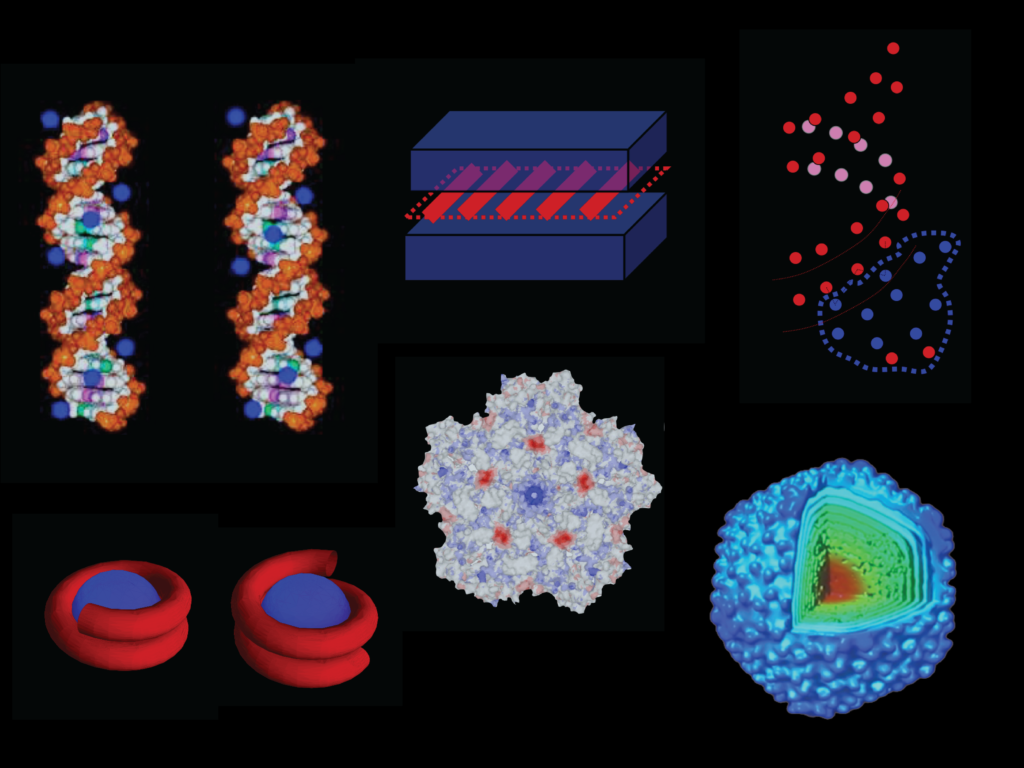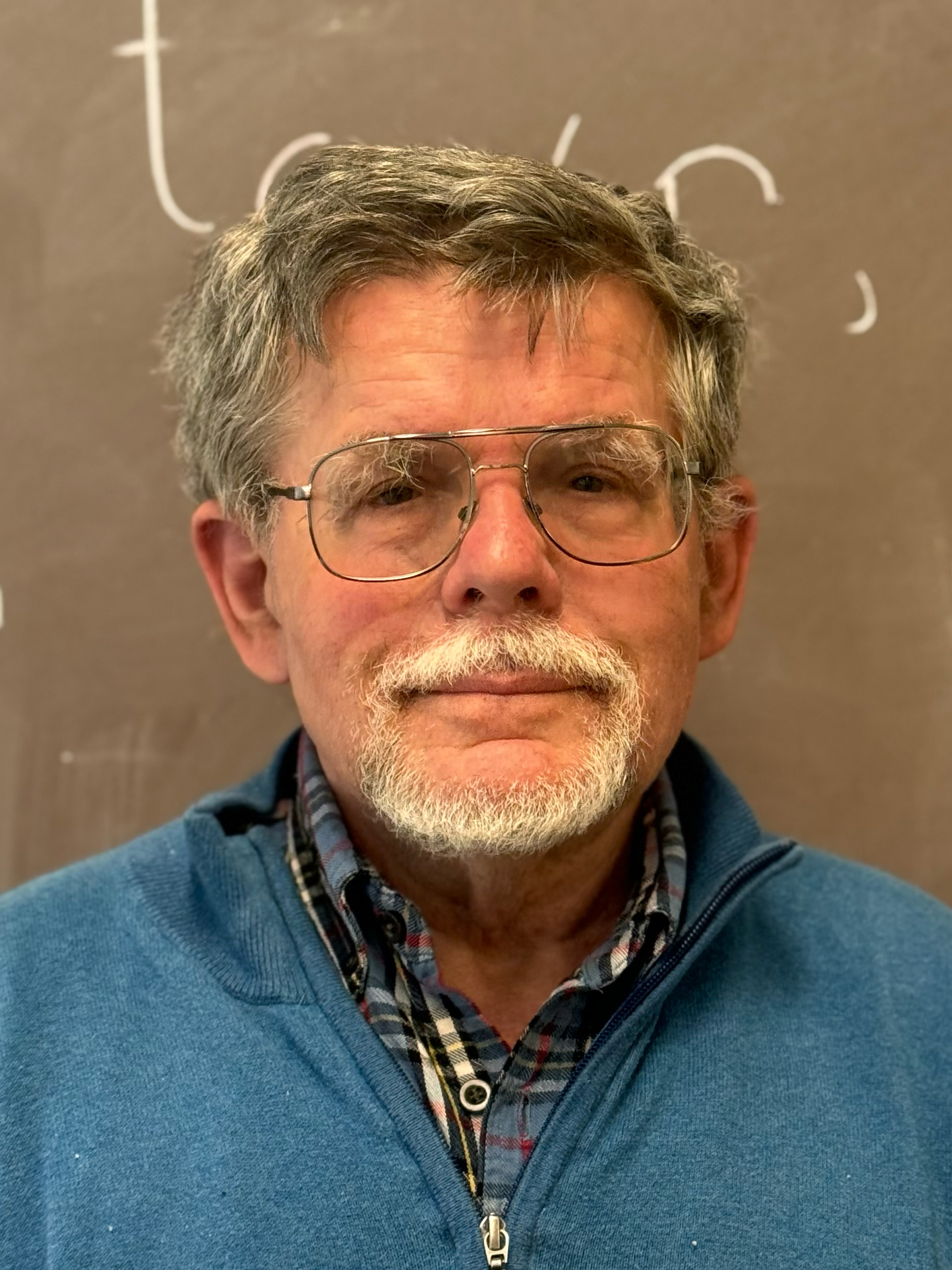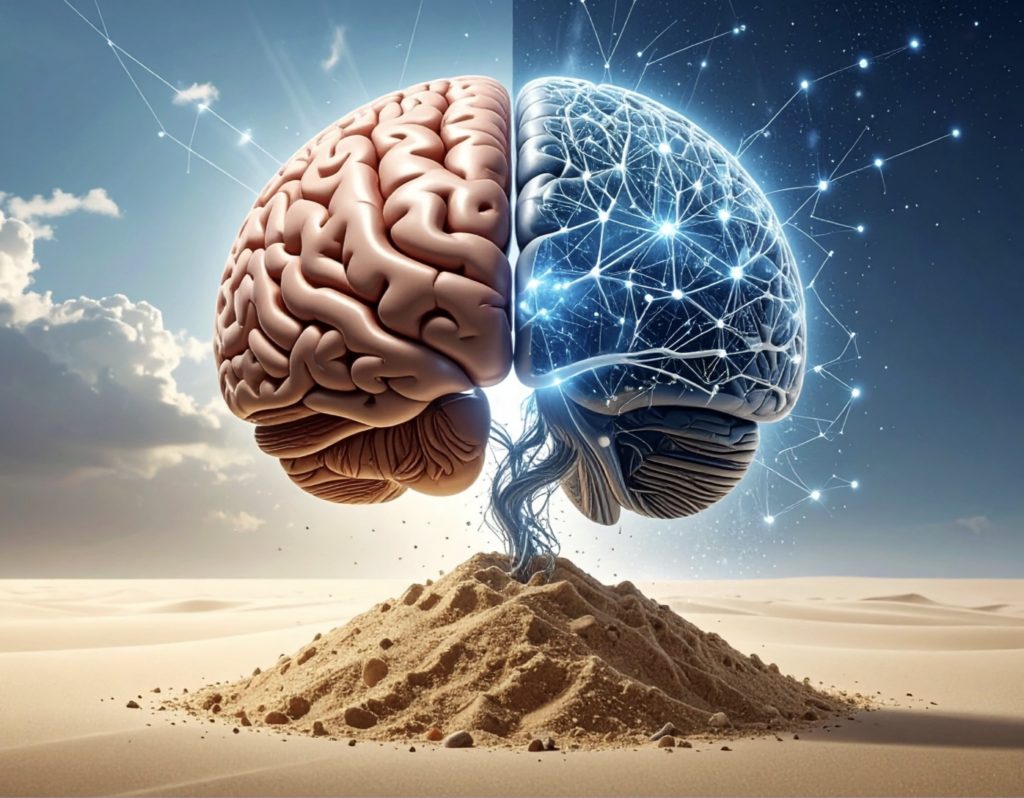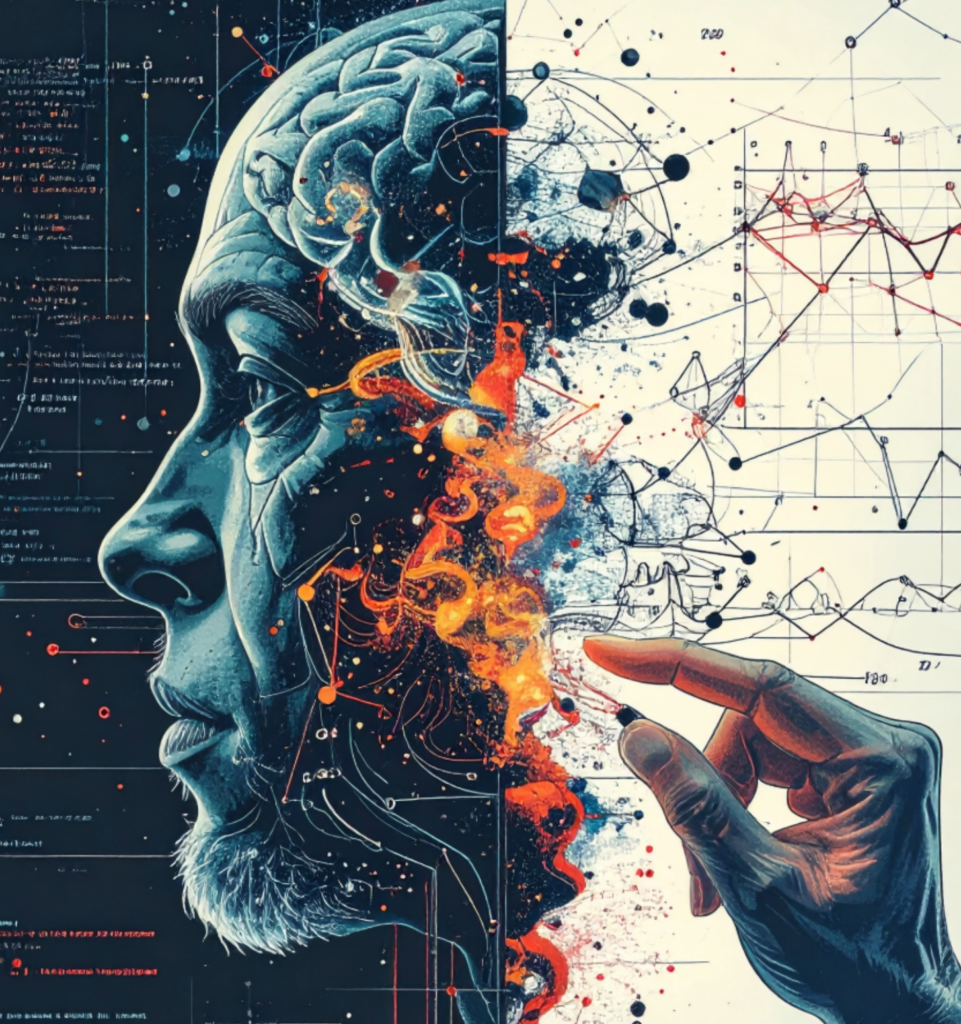

Public Lecture
Why Electrostatics Rules the Life of a Cell
Robijn Bruinsma
Wed, Jul 10, 5:30–6:30pm
Physics recognizes four fundamental interactions: Gravity, Electromagnetism, and the Strong and Weak Interactions. For life at the level of cells, just one interaction matters: electrostatics. The basic electrostatic force has a very simple form, similar to Newton’s Law of Gravitation but at the level of the cell, a zoo of complex physical interactions is encountered: “aqueous” electrostatics, the hydrophobic interaction, the hydrophilic interaction, and the van der Waals interaction. The talk will discuss how all these interactions emerge from the basic electrostatic interaction by the combined effects of entropy and quantum mechanics. This emergent form of electrostatics provides us with fundamental insights into the organization of cells, into the workings of important biomolecules like DNA and proteins, it tells us how nervous signals get transmitted, and how an important part of our immune system works.

About Robijn Bruinsma
Robijn Bruinsma is Emeritus Professor of Physics and Astronomy at the University of California, Los Angeles (UCLA) where he specializes in the application of physics to cell and molecular biology.
He has a B.S. in Physics from the Vrije Universiteit, Amsterdam (1974), an M.S. in Physics from Utrecht University (1976), and a Ph.D. in Physics (1976) from the University of Southern California where his thesis advisor was Kazumi Maki. He conducted postdoctoral research at Harvard University (1979-1980), before moving to Brookhaven National Laboratory as a Research Associate (1980-1982). Bruinsma was then a Visiting Scientist at the IBM T. J. Watson Research Center (1982-1984) before moving to UCLA in 1984.
His current research focus is the self-assembly of viruses in particular of HIV.
Bruinsma has received the Pierre et Marie Curie Visiting Professorship of the City of Paris Industrial Physics and Chemistry Higher Educational Institution (ESPCI) (1994) and the Rothschild Foundation Fellowship (1996). He has also been named Fellow of the American Physical Society (2001), a Distinguished Lecturer of the Collège de France (1999), received the Hans Fischer Fellowship of the Technical University Munich (2011), and was a Simons Fellow (2016).
Heinz R. Pagels Public Lecture Series
Heinz R Pagels was a professor of physics at Rockefeller University, president of the New York Academy of Science, a trustee of the Aspen Institute, and a member of the Aspen Center for Physics for twenty years, serving as a participant, officer, and trustee. He was also President of the International League for Human Rights. His work on chaos theory inspired the character of Ian Malcolm in the Jurassic Park book and movies. A part-time local resident, Professor Pagels died here in a mountaineering accident in 1988. His family and friends instituted the lecture series in his honor because he devoted a substantial part of his life to effective public dissemination of scientific knowledge.



